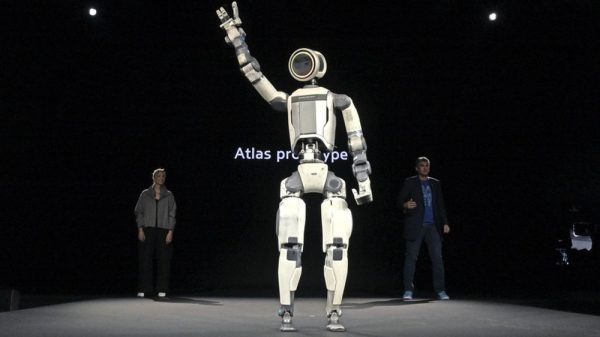Some humanists believe that Schrödinger's cat is alive
Understand how familiar economists and sociologists are with the laws of physics, and vice versa – How well physicists understand humanitarian problems was decided by a group of young scientists from MIPT, the Presidential Academy and MISIS University. They prepared a special test for both groups with relevant questions and, on the occasion of Science Day, which was celebrated on February 8, they surveyed students.

The survey was conducted in the “believe-don’t-believe” format. 1,426 students from three universities took part in it. Looking ahead, we note that on average more than half of the respondents were able to distinguish true facts from false ones from “alien” ones. them areas of knowledge, although there were exceptions.
For example, to the question asked by the physics and technology department: “Is it true that Schrödinger’s cat died?” the majority of humanities scholars (69.8%) answered negatively, although in fact the question was a tricky one, since there is no clear answer to it.
For understanding: “Schrodinger’s cat” – is a thought experiment proposed by one of the founders of quantum mechanics, Erwin Schrödinger, in 1935 while discussing the physical meaning of the wave function. In this case, the so-called superposition of “a living and a dead cat” arises, which looks absurd from the point of view of common sense.
In turn, sociologists asked physicists to think: are social networks so harmful? The majority of engineering students (59%) agreed with the statement that “people who spend more than ten hours a day on social networks begin to talk to themselves because the virtual world stimulates the brain to produce ionotropic receptors, which leads to irreversible changes in speech skills.»
Although there is no evidence of this either.
Techies also incorrectly agreed that «people with facial stubble are more likely to have high social status» compared to those with shaved faces. They explained this with a subconscious association of such appearance with maturity, self-confidence and success in the professional sphere.
And many sociologists and economists “mistaken” this. in physics and information technology. Thus, 51.5% of humanities students were confident that “under the event horizon in a black hole you will be torn to pieces.”
Most of the «lyricists» (59.2%) also do not believe that “when LLMs (large language models) are threatened or promised tips, they begin to work better.”
Here, oddly enough, it turned out that… neural networks work for promises! At least, that’s what researchers say, citing as an example that the quality of a neural network’s work increases even with a promise to give it a ruble or a ruble and a half.
In general, the advantage was on the side of physicists. They dealt with tricky questions from humanities students more successfully. In particular, 52% of respondents agreed with the postulate: “The brains of lonely people work more actively, since the lack of external social stimuli makes it “plunge into itself,” triggering the so-called “default system,” which is responsible for memories, planning the future and other complex thought processes.”
They also answered correctly the question about Leo Tolstoy’s aphorism “All happy families are alike, each unhappy family is unhappy in its own way.” They were asked whether it is true that economists use this aphorism to describe systems in times of crisis, when well-adapted systems have the same features, and all maladapted ones fail to adapt, each in its own way? As a result, 70% of physicists agreed with this non-fictional fact.
Thus, two distinctive features of techies and humanists became clear: some for some reason believe in the “magic” of science. the power of a beard, others love cats very much…


























































Свежие комментарии